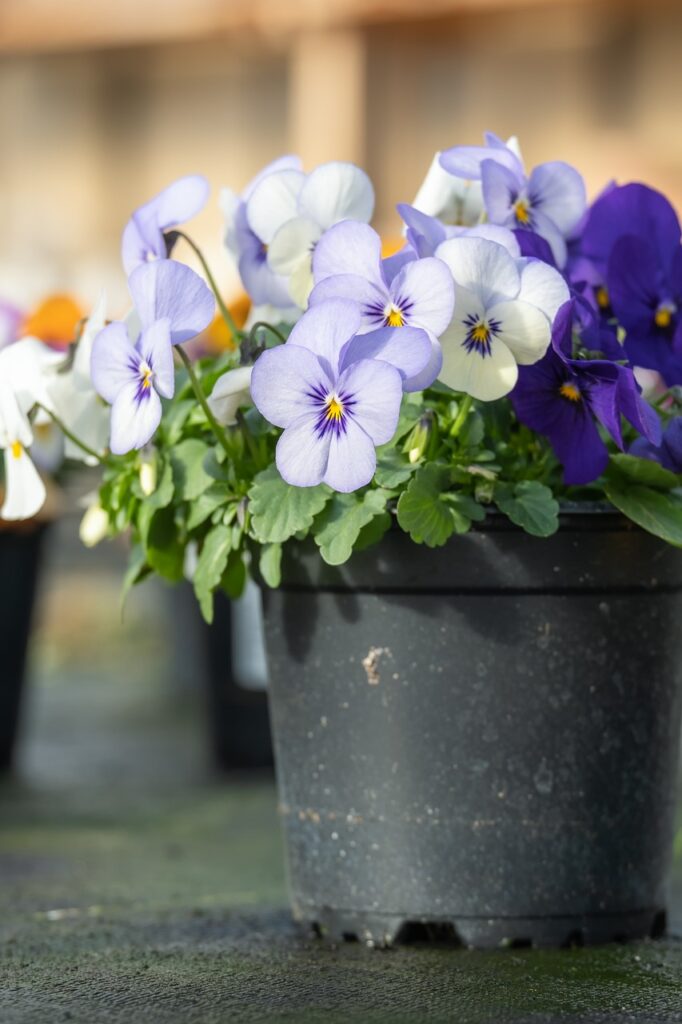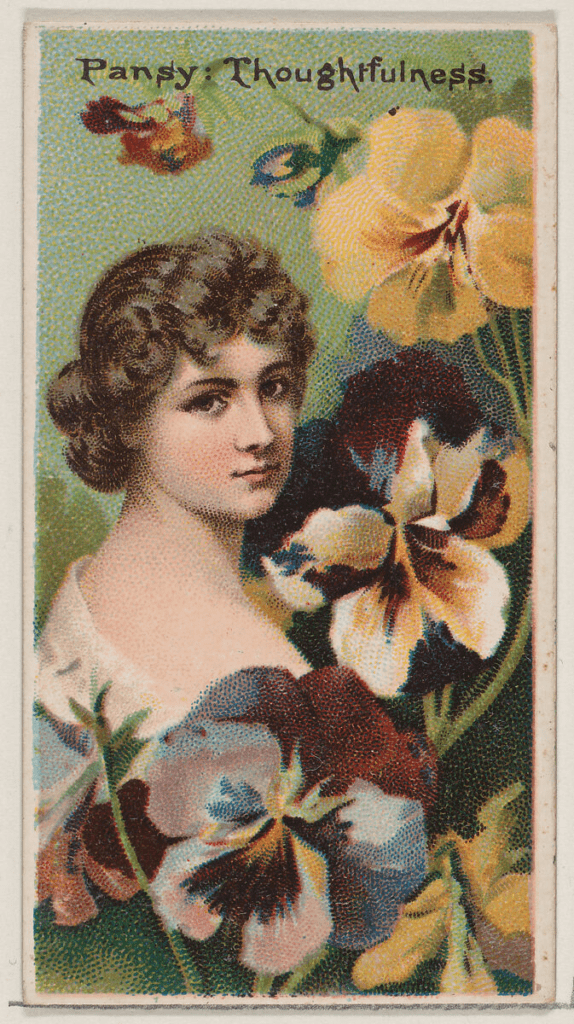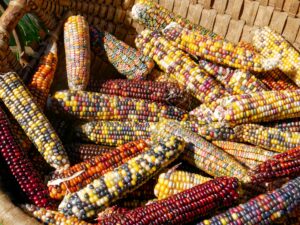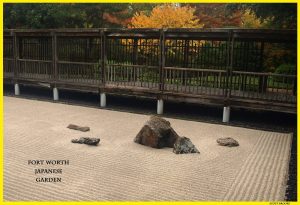
The most popular annual in winter for North Texas is undoubtedly the pansy. You’ll find these flowers growing across the city, including in large beds at the Fort Worth Botanic Garden. Area garden centers offer them in abundance.
This level of ubiquity can make it easy for gardeners to take pansies for granted. “Don’t dismiss the pansy,” says Garden Projects Coordinator Stephen Haydon. “They’re hardy plants that can withstand almost anything our climate throws at them. They bloom continuously all winter long and are available in a wide variety of colors. Pansies can’t be beat.”
Pansies in history
Pansies have been a favorite wildflower dating back to the Classical era. The English name “pansy” plants derives from the French word pensée, which translates as “thought,” and the flowers were considered symbols of loving remembrance as early as the 15th century. “Violet” and “viola” are generally used interchangeably for pansy, although the American Violet Society sorts cultivars of the Viola genus into subcategories including pansies, violas and violettas.
As a common wildflower in England, numerous other names have been given the flower, including heart’s ease, heart’s delight, tickle-my-fancy, Jack-jump-up-and-kiss-me, come-and-cuddle-me, three faces in a hood, love-in-idleness, and pink of my john.
Modern garden pansies (Viola × wittrockiana) are hybrids of members of the Viola genus, including Viola tricolor. English gardeners in the early 19th century cultivated the plants, and more than 400 individual varieties were available by 1833. Pansies played a major role in the Victorian tradition of the language of flowers–a system that used combinations of flowers to communicate coded messages. A pansy accompanied by a honeyflower conveyed, “I am thinking of our forbidden love.”
Growing pansies

Pansies are easy to grow in North Texas, but you’ll be most successful if you follow a few simple tips:
Select vigorous plants that are compact and full. Avoid leggy or lanky plants; they were likely damaged by heat in the fall.
Plant your transplants in full sun. You need well-drained soil into which organic matter has been well blended. Raised beds are ideal. Space your plants far enough apart that they won’t crowd one another. Six to ten inches in a checkboard pattern works the best.
Apply a high-nitrogen, water-soluble fertilizer when you plant; it will encourage growth, even in cool months. Then keep applying fertilizer throughout the growing season.
Group numerous plants of the same color for the greatest impact. “Look for small or mid-sized varieties,” says Haydon. “Clustered together they produce a dramatic show, like a blanket of color.”
Pansies also do well in containers, although they will need to be covered if the temperature is expected to drop well below freezing.
“Give the plants a good watering before a cold front comes through, and your pansies will more than likely bounce back after temperatures rise again,” says Haydon. “Remember, moisture in the soil like anti-freeze in your car’s engine.”
Available in a wide variety of colors, from deepest, dusky purple to cheerful yellow and vivid orange, pansies add a bright spot of color to your winter garden and endure all but the worst winter weather.
“The name of the plant is a great reminder to remember pansies when you’re planting your winter garden,” says Haydon.
* It is unclear to your humble author exactly which “honeyflower” the Victorians were referring to, since several plants have been given this name over time. However, after spending far more time than necessary researching a question that no one asked, it seems most likely to have been Lambertia formosa, a shrub native to Australia that was introduced to England around 1800.






